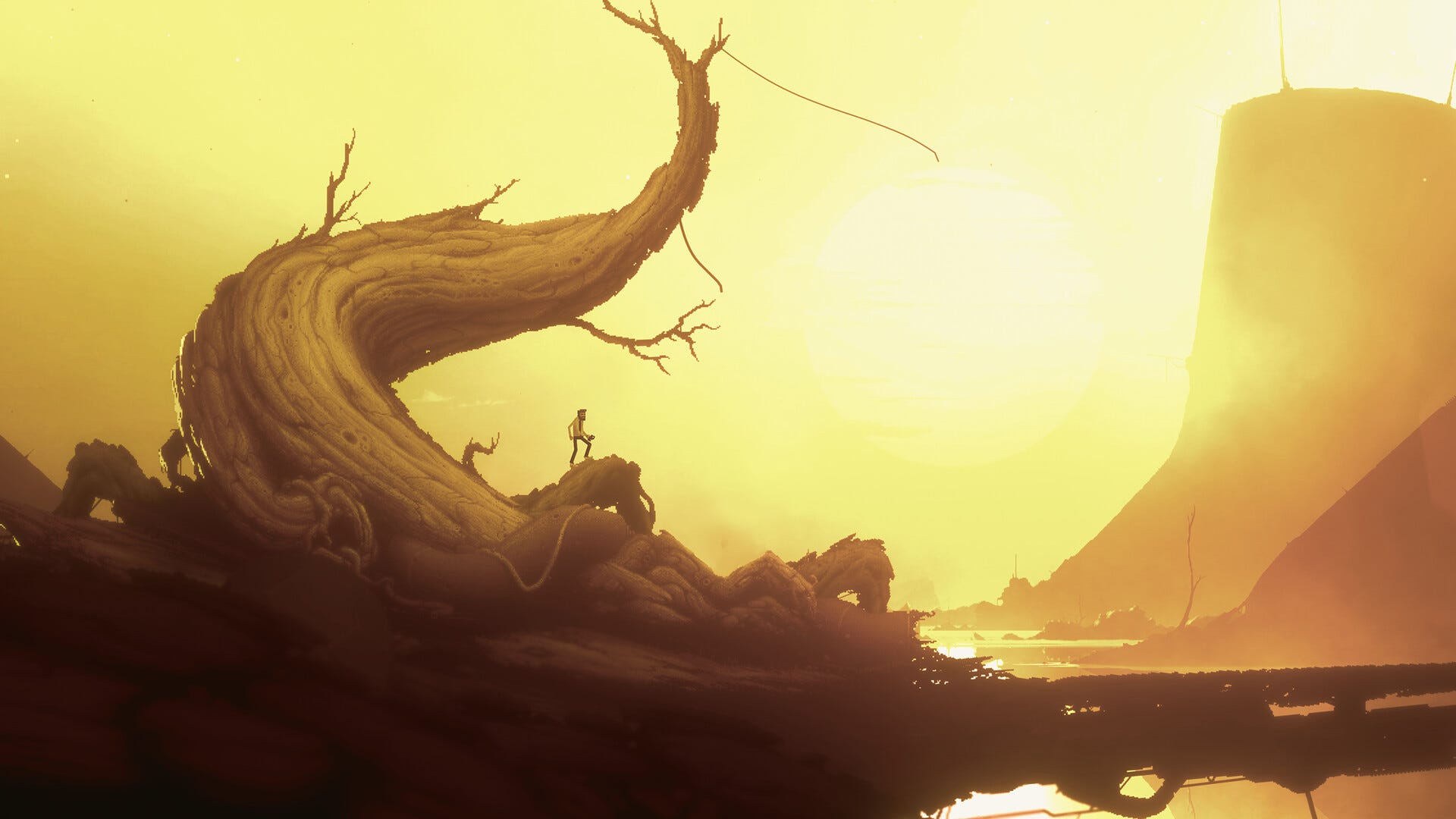Buying new video games, hardware, and accessories for your preferred console doesn’t need to make a massive dent in your wallet. Deals happen all the time for items like these, so you can save money while investing in your favorite hobby. One of our favorite deals at the moment is on the 3 month Xbox Game Pass Ultimate membership, which is discounted at Woot to $33.49, but there are plenty more to check out. Whether you play on PS5, Xbox, Nintendo Switch, or PC, you’ll find the very best deals listed below. And if you’ve taken advantage of lots of these deals, see our roundup of game storage ideas.
Best Xbox Game Pass Deals
Xbox Game Pass Ultimate has an incredible deal right now at Woot, providing another opportunity for users to stack their membership at a discounted rate. You can get three months of the service for just $36.49, which is already a great deal, but you can get an addition $3 knocked off that price by using the code ‘VIDEOGAMES’ at checkout!
Considering the new price of Game Pass Ultimate is $19.99/month, you’re saving $26.48 with this 3-month deal. This is the best way to avoid the upcoming Xbox Game Pass price hike in September. By stacking these codes you can set yourself up for success to play all of their upcoming releases at a lower price.
Score a Nintendo Switch Lite with Animal Crossing for $159
Walmart still has this excellent deal available, which is worth taking advantage of if you’ve been hoping to get your hands on a Switch console. Right now, you can grab a Nintendo Switch Lite (Timmy & Tommy’s Aloha Edition) bundle with Animal Crossing for 20% off, marking it down to $159.
Best Physical Game Deals
Summer sale events may be winding down, but there are still some great game deals to check out. At the moment, some of our favorite discounts are on Like a Dragon: Infinite Wealth for PS5 and Super Mario Bros. Wonder for Switch, but there’s plenty more where those came from. There are also several SEGA games discounted at Best Buy right now for all platforms.
More Physical Game Deals:
Best PC Game Deals
There are plenty of excellent deals for PC players to enjoy right now, from newer releases like Dragon’s Dogma 2 to God of War Ragnarok preorders for PC. More importantly, you can also score an excellent deal at Fanatical right now on Elden Ring’s Shadow of the Erdtree expansion. There’s no better time to journey to the Realm of Shadow. You can check out even more of our favorite PC game deals below.
More PC Game Deals:
Back to Top
Alienware Aurora R16 RTX 4090 Gaming PC for $3099.99
Do you prefer to play on a dedicated tower? Navigating the options online can be quite the ordeal. Desk space, portability, and price point are often factors in the decision. However, there are some great PC deals that pop up every now and again that are worth jumping on. One of our favorite deals at the moment is on this Alienware Aurora R16 RTX 4090 gaming PC for $3099.99. To see even more PC deals, check out our roundup of the best gaming PC deals.
More PC Deals:
Back to Top
Perfect PS5 2TB SSD for $116 at Amazon
SSD prices have been rising in 2024, making now the perfect time to buy with significant discounts available. This is one of the best deals on a 2TB SSD at the moment: Amazon is offering the TEAMGROUP MP44Q 2TB SSD for just $115.99. It, unfortunately, does not have a heatsink so you’ll have to invest in one, but you can easily do that here for under $10. It also offers transfer speeds of up to 7,400MB/s read and 6,500MB/s write.
Our Favorite Micro SD Cards for Switch and Steam Deck Are On Sale
The best Switch or Steam Deck SD card should be fast, reliable, and as future-proof as possible. That last one is important, as it was recently revealed a Switch successor will be announced within the fiscal year. Therefore, you’re going to want to opt for the latest in SD card tech, which is a micro SDXC UHS-I U3 A2 V30 memory card. That’s a lot of random letters, so to save you a bit of time we’ve left our top suggestions and deals just below for your convenience. To see even more SD card deals, make sure to check out our roundup of the best SD card deals.
More SD Card Deals
Our Favorite Power Bank for Steam Deck is Discounted Right Now
Some excellent power banks are discounted at the moment that are perfectly portable and packing plenty of power to keep you going. In particular, the fantastic Anker 737 Power Bank is down to $103.99, after clipping the $6 coupon. This is a great discount on a reliable power bank that likely won’t last long, so grab it at this price while you can!
Select Xbox Controllers Down to $44
There are quite a few discounts on Xbox controllers right now at Amazon. While not as low as they were during the two-day Prime Day sale event, they’re still worth picking up at these prices. The Robot White, Shock Blue, Velocity Green, and Carbon Black controllers have dropped down to $44, but you can see even more controller deals below.
More Xbox Controller Deals
Back to Top
Robert Anderson is a deals expert and Commerce Editor for IGN. You can follow him @robertliam21 on Twitter.

